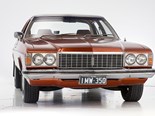Holden HQ Premier - Buyer's Guide





































|

|

|

|

|

|

|

|

|

|

|

|

|

|

|

|

|

|
Much more than a facelift - the new HQ model set the stage for eight successful years for Australia's own
(Editor's note: this car is running a Statesman nose cone.)
Holden HQ Premier
The HQ ranks as the most important model in Holden history. It was the company’s last new, full-sized car and combined sales of the HQ and its derivative HJ-HZ models delivered 767,000 sales in the space of eight years.
The HQ shape was an unrivalled blend of practicality and style, with panoramic windows and improved passenger space. The biggest change in engineering terms was coil springs at the rear in place of ancient semi-elliptics.
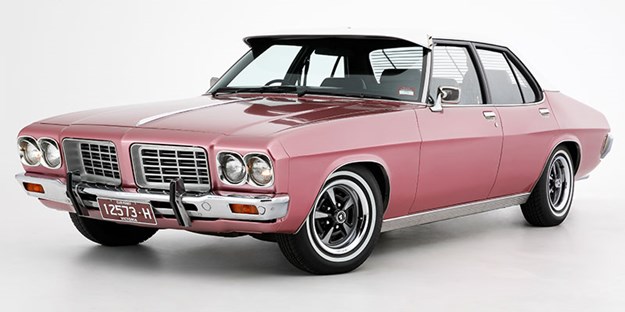 The HQ range was announced in July 1971 and generated such excitement that Modern Motor magazine included a plastic EP record describing the new model taped to the cover of its August issue.
The HQ range was announced in July 1971 and generated such excitement that Modern Motor magazine included a plastic EP record describing the new model taped to the cover of its August issue.
The basic engine was a 2.8-litre ‘173’ six-cylinder, with a 3.3-litre ‘202’ and 4.2 or 5.0-litre V8s optional. Notionally there was an imported 5.7-litre V8 as well but very few of these scarce engines would have been slotted into a basic Kingswood.
| Read next: Holden HZ Premier Reader Resto
The three-speed, all-synchromesh manual transmission was standard to early six-cylinder cars; V8s were usually automatic with a four-speed manual optional.
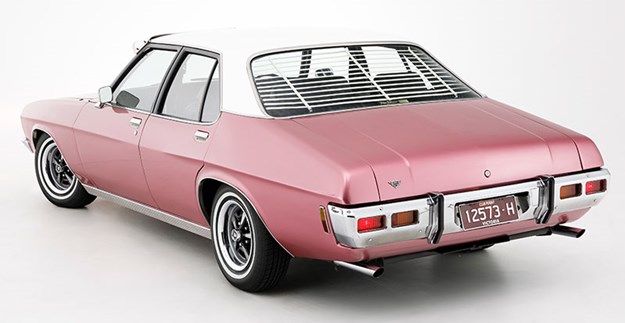 Kingswoods were popular with private and business buyers – in particular the roomy and versatile station wagon. Bench seats front and rear (buckets were optional up front) provided plenty of lateral space for six adults. In the days before rear seat belts, four or five children could be slotted across the rear bench – or the seat could be folded flat to accommodate an entire team of junior cricketers in the load area.
Kingswoods were popular with private and business buyers – in particular the roomy and versatile station wagon. Bench seats front and rear (buckets were optional up front) provided plenty of lateral space for six adults. In the days before rear seat belts, four or five children could be slotted across the rear bench – or the seat could be folded flat to accommodate an entire team of junior cricketers in the load area.
Read next:
Holden was already heavily involved in the options game and HQ models with their very plain specification provided rich pickings for dealers who tried never to allow a ‘poverty pack’ to leave the yard.
 The most common Kingswood configuration was drum brakes all-round and three-speed manual transmission. In those days, even cab companies and business users still shied away from automatics because they used more fuel.
The most common Kingswood configuration was drum brakes all-round and three-speed manual transmission. In those days, even cab companies and business users still shied away from automatics because they used more fuel.
| Read next: Vinyl classics - Holden HQ Premier
The handling with new all-coil suspension was full-on understeer with lots of bounce and axle-tramp on rough or corrugated roads. Where the all-coil benefits manifested was on second-rate bitumen with sweeping bends where the Holden could waft along soaking up all but the biggest bumps without complaint.
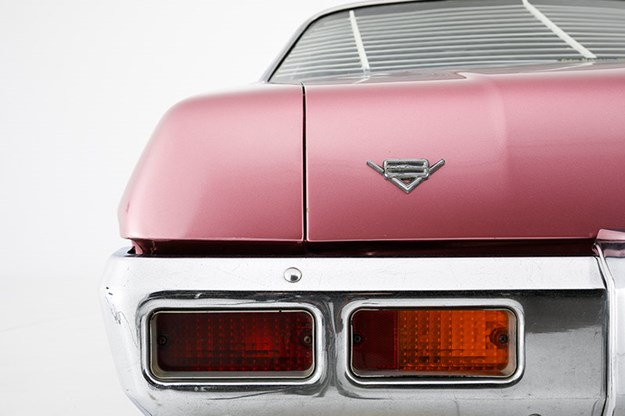 Radial Tuned Suspension would make a huge difference to Holden handling but that was six years and three changes of model away. Meanwhile the people who for years had used their Holdens to tow boats and caravans were among those disappointed by the swap to rear coil springs.
Radial Tuned Suspension would make a huge difference to Holden handling but that was six years and three changes of model away. Meanwhile the people who for years had used their Holdens to tow boats and caravans were among those disappointed by the swap to rear coil springs.
Our thanks to owner Geoff Bower whose collection we’ve raided on a few occasions over recent months.
HQ PREMIER MARKET REVIEW

Monaro values have gone mad and Premiers are scrambling to keep up but there’s still not much interest being shown in the humble HQ KIngswood.
More than 450,000 HQ Holdens were made in the space of three years and the vast majority would have come to market wearing Kingswood badges.
HQ racing did its best to cull the population and rust gobbled up a big chunk of the rest. Those factors aside, there were simply so many made that they remain common. There surely must still exist several thousand examples of a car that once ranked as Australia’s most recognisable.
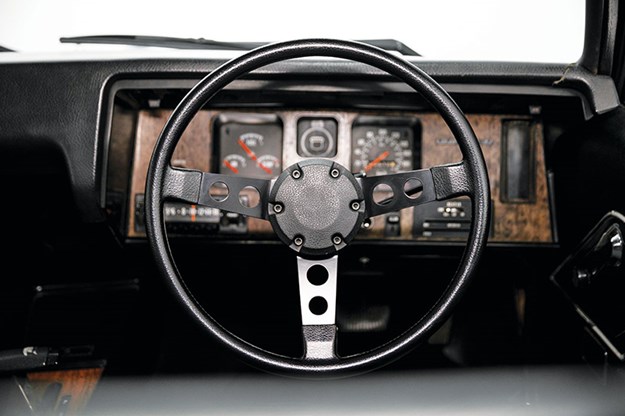 This old HQ sports some desirable GTS gear
This old HQ sports some desirable GTS gear
HQ utilities remain strongly represented in the market and the money they can generate when fitted with V8 engines (even if not original) match the prices being made by authentic V8 sedans.
Those in untouched and largely unmodified condition are very rare. Sales of later HJ-HZ versions suggest values of $30-35,000 achievable. However it would not surprise to see an excellent 308-engined HQ at some point better those values by a considerable margin.
VALUE RANGE: HOLDEN HQ
FAIR: $9000
GOOD: $18,000
EXCELLENT: $32,000
(Note: concours cars will demand more)
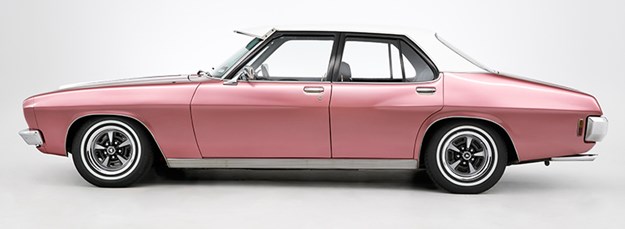
BODY & CHASSIS
Rust has killed plenty of older Holdens and careful inspection is required to avoid big repair costs. Window surrounds demand close attention to bubbling or poor previous repairs. Cars with vinyl roof covering are especially susceptible to hidden rot so look for any discoloured patches or brown staining around seams. Wheel-arch lips must be examined for filler, so too the sills, door bottoms (lie under the door if possible), boot floor, boot lid and wagon tailgate. Chromed and stainless parts, especially those specific to the Premier, aren’t easy to replace. Make sure all the flip-out door handles work.
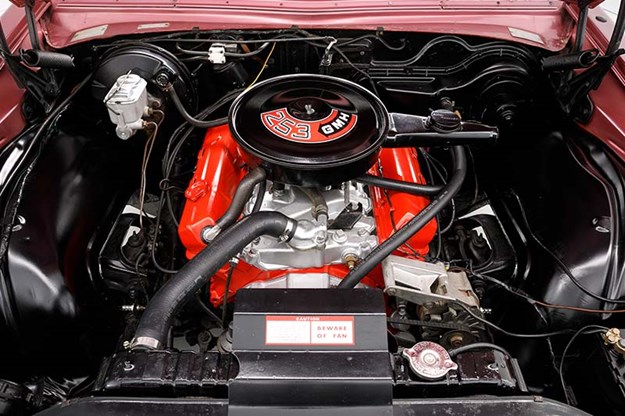
ENGINE & TRANSMISSION
No real horrors here except for rear main bearing oil leaks and overheating, due usually to neglected maintenance. Let the engine idle for a minute after test driving, switch off for a couple of minutes then note any significant increase in temperature.The most likely causes will be a worn water pump or clogged radiator. Check for carburettor fuel leaks especially with V8s. A Trimatic transmission that’s reluctant to upshift and shudders on down-changes is due for replacement - a cheaper, quicker alternative to having your ‘box rebuilt.
SUSPENSION & BRAKES
Nothing that’s underneath a 1970s Holden is impossible to fix or replaced. The steering box is a sloppy old device at the best of times and it’s hard to know if it needs a rebuild. If the car you pick has power steering and problems the cost could run beyond $1000. Sagging front springs are common, especially in cars with V8 engines, and look also for rust around the rear spring mounts. Check brake rotors aren’t warped or deeply scored and that brake drums haven’t gone out of shape. New ones cost $60-200 and exchange master cylinders $250.
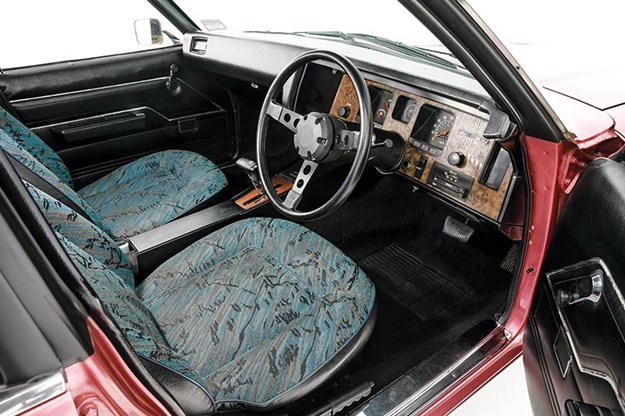
INTERIOR & ELECTRICS
Worn and torn seat trim and dash deterioration can be costly to rectify. Replacements for peeling mock timber dash panels in the Premier need to be found second-hand. Seats collapse and benches in particular can jam on their runners. Original seat belts are too old to be trusted and need to be replaced. Sets of remanufactured door trims cost $1500 but several decent-looking consoles were offered at $200-400. Air-conditioners need to have been converted to R134a refrigerant. If it hasn’t been done or the system isn’t working allow up to $1500 for repairs.
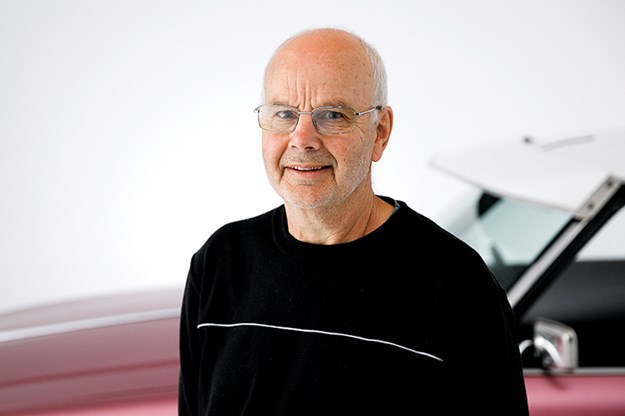 Owner Geoff Bower is fond of his lightly modded HQ
Owner Geoff Bower is fond of his lightly modded HQ
Holden HQ Premier specs
Number built: 452,576
Body: all steel, integrated body/chassis, four-door sedan, station wagon, utility, panel van
Engine: 2834cc, 3310cc six cylinder or 4146cc or 5048cc V8 with overhead valves and single downdraft carburettor
Power & Torque: 101kW @ 4400rpm, 263Nm @ 2000rpm (3.3)
Performance: 0-97km/h 13.1 seconds, 0-400 metres 19.6 seconds (3.3 automatic)
Transmission: three or four-speed manual, three-speed automatic
Suspension: independent with coil springs anti-roll bar (f) live axle with coil springs, locating links and telescopic shock absorbers (r)
Brakes: drum or disc (f) drum (r) power assisted
Tyres: 6.95x14 cross-ply
Unique Cars magazine Value Guides
Sell your car for free right here
Get your monthly fix of news, reviews and stories on the greatest cars and minds in the automotive world.
Subscribe

.jpg)








